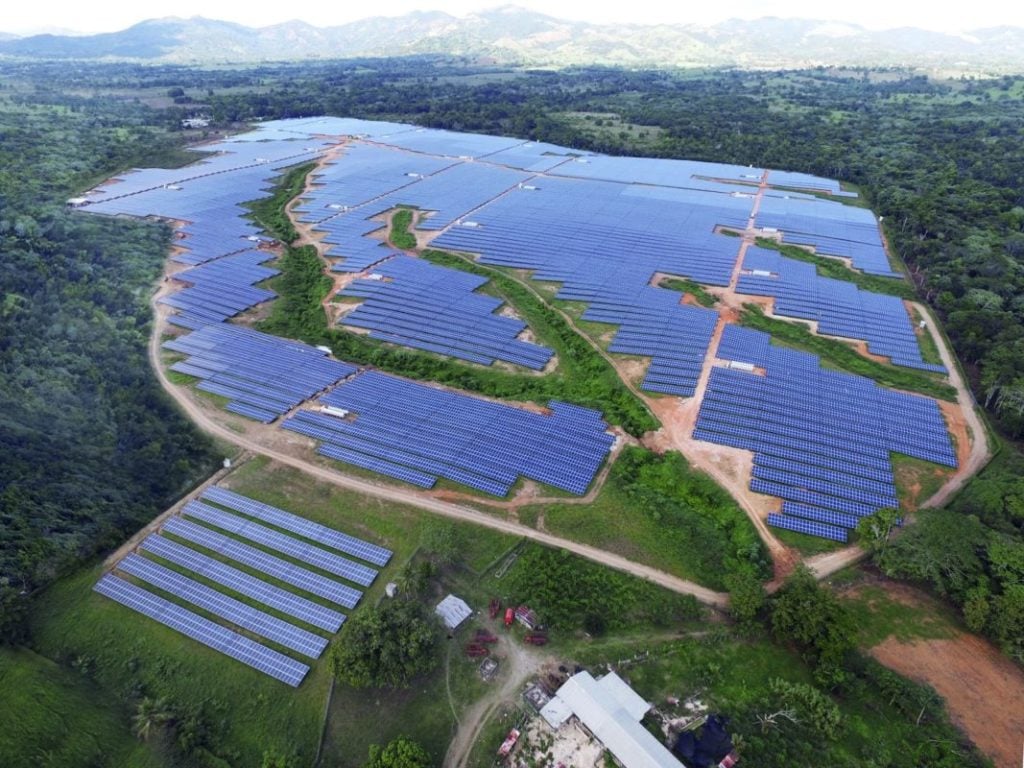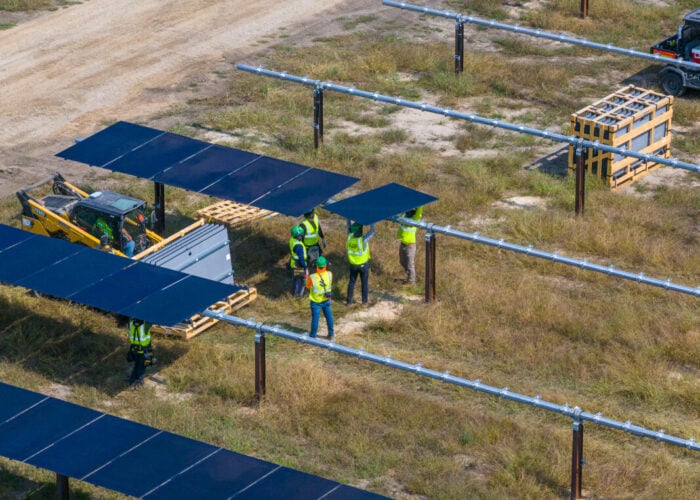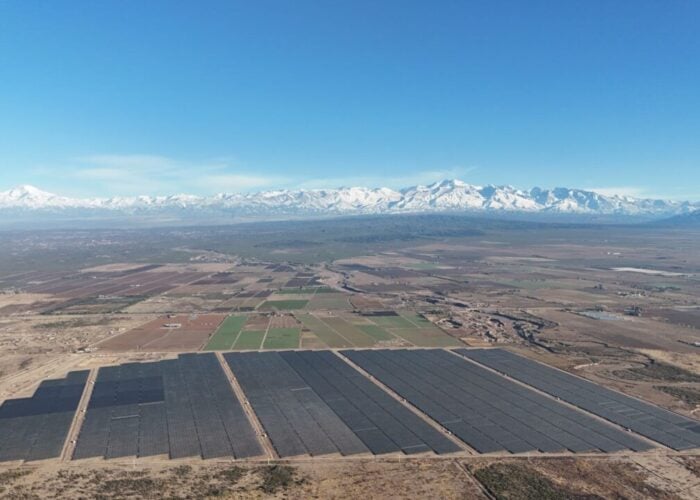
AES Dominicana has raised US$368 million in a loan facility that will be used to finance renewable energy projects in the Dominican Republic.
The company, the local arm of energy giant AES, will build three new projects, Mirasol, Peravia I and Peravia II, which will have a combined capacity of 240MWac, which AES expects to commission by the end of next year. Part of the funding will go towards refinancing the debt accrued by a portfolio of one wind project and two solar projects in the country, with a combined capacity of 150MWac.
Try Premium for just $1
- Full premium access for the first month at only $1
- Converts to an annual rate after 30 days unless cancelled
- Cancel anytime during the trial period
Premium Benefits
- Expert industry analysis and interviews
- Digital access to PV Tech Power journal
- Exclusive event discounts
Or get the full Premium subscription right away
Or continue reading this article for free
Multinational bank Banco Latinoamericano de Comercio Exterior (Bladex) served as the joint lead arranger and bookrunner for the loan facility, and worked with the Inter-American Development Bank, JP Morgan and Scotiabank to raise the funds.
“Bladex is very pleased to support AES renewable energy’s endeavours in the Dominican Republic,” said Ivan Nuñez, head of infrastructure and project finance at Bladex. “This transaction underlines Bladex’s project finance execution capabilities, the strong relationship with a leading global power generation and distribution player and, overall, our appetite for infrastructure assets.”
AES Dominicana already operates the 50MW Bayasol solar project in the Dominican Republic, and the company plans to expand its renewable portfolio in the country. In 2020, renewables accounted for just 0.39% of the company’s operating capacity, compared to natural gas, which accounted for 69.44%.
This mirrors the wider Dominican Republic energy sector, which remains heavily reliant on fossil fuels. In 2020, oil had the greatest impact on the country’s electricity generation, accounting for 5,881GWh of production, ahead of natural gas, which accounted for 5,311GWh of production. Solar power accounted for just 434GWh of electricity production in 2020, but with both coal and oil production falling between 2019 and 2020, there is cause for optimism that the Dominican Republic could alter its energy mix in the future.
AES Dominicana has already appointed Spanish developer TSK to develop the Peravia solar plants, and is the latest investment into the country’s solar sector, following EGE Haina’s plans to build a new 80MW solar plant in the municipality of San José de las Matas in the Santiago province.






